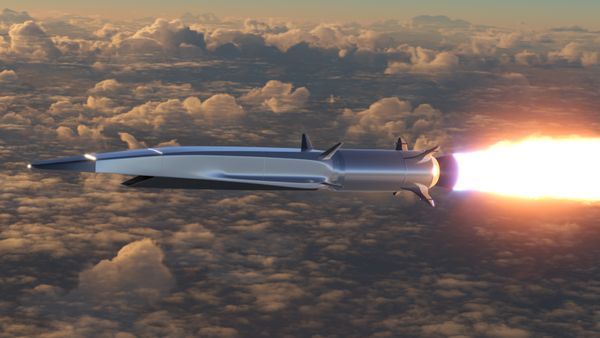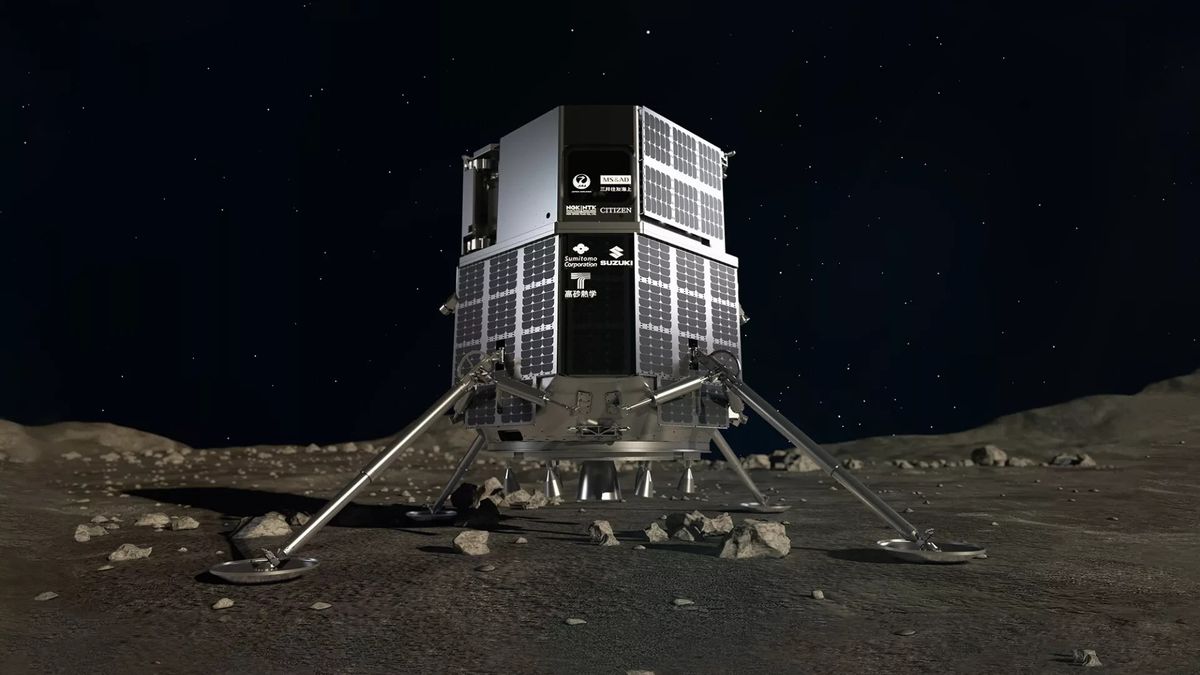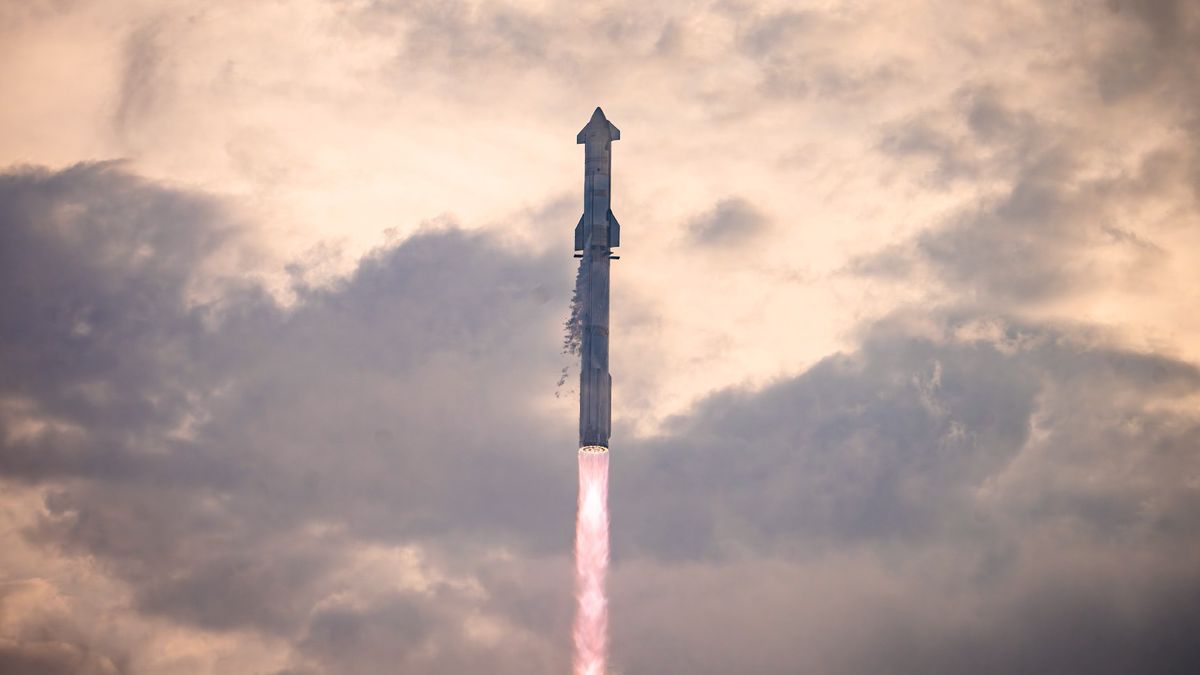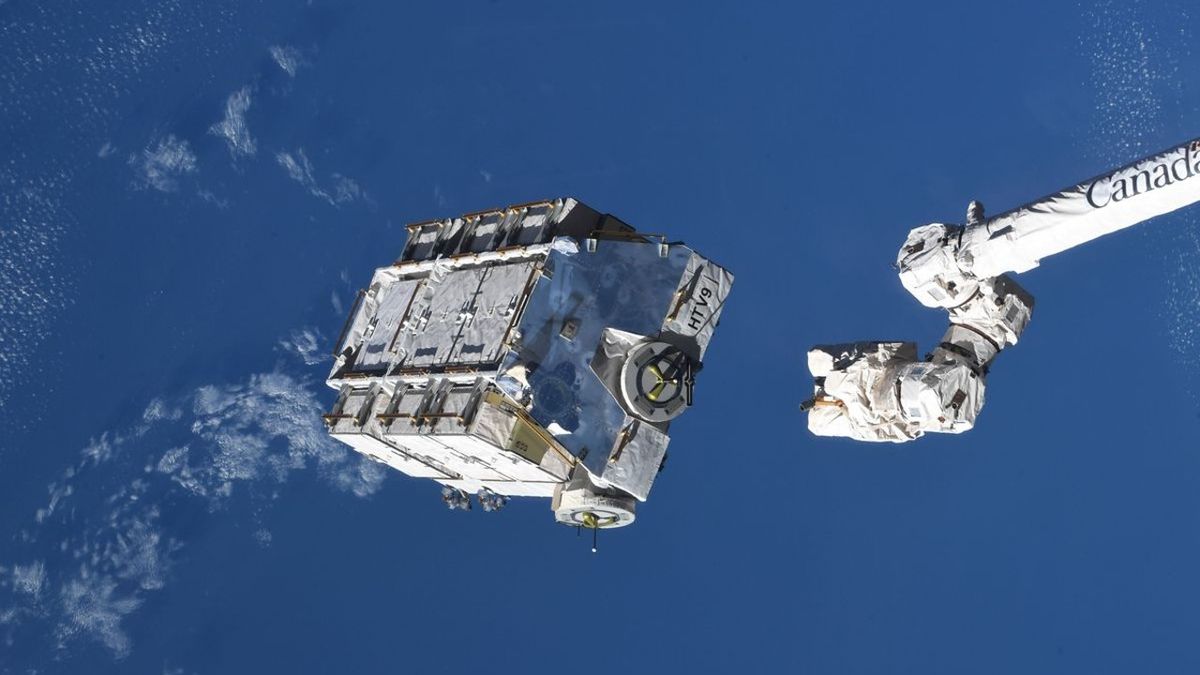Venus Aerospace’s Successful Test Flight of RDRE-Equipped Drone
Venus Aerospace recently completed the inaugural test flight of a drone equipped with its revolutionary “rotating detonation rocket engine” (RDRE), marking a significant milestone in the company’s pursuit of developing superfast commercial jets utilizing this cutting-edge technology.
During the test flight, which took place on February 24, a drone measuring 8 feet (2.4 meters) in length and weighing 300 pounds (136 kilograms) was flown to an altitude of 12,000 feet (3658 meters) by an Aero L-29 Delfín plane. Subsequently, the drone was deployed, and the RDRE was activated, propelling the drone to speeds just under the sound barrier. The drone successfully flew a distance of 10 miles (16 kilometers) at a speed of Mach 0.9, exceeding 680 miles per hour, utilizing 80% of the RDRE’s available thrust. This test flight validated the viability of the RDRE technology and its associated onboard flight systems.
Prior to the test flight, Venus Aerospace had demonstrated the functionality of the RDRE technology through a long-duration test burn, showcasing the engine’s ability to operate continuously throughout the flight.
The Unique Operation of RDRE
Unlike conventional rocket engines that employ continuous burns, the RDRE operates by utilizing a detonation wave that rotates continuously around an annulus chamber. The fuel, hydrogen peroxide, is injected into the annulus, and the repeated detonations become self-sustaining following the initial ignition. The annulus utilized in the test flight was approximately 12 inches (25.4 centimeters) in diameter, generating 1,200 pounds (544 kilograms) of thrust.
According to Venus Aerospace representatives, the RDRE technology boasts a 15% increase in efficiency compared to traditional rocket engines. This enhanced efficiency could enable an RDRE-propelled aircraft to travel greater distances on the same fuel quantity as conventional engines that combust fuel at constant pressure. Some experts have even speculated that RDRE technology could potentially achieve a 25% efficiency improvement over existing technologies.
Promising Future for Supersonic Flight
The successful test flight of the RDRE-equipped drone signals promising prospects for the realization of commercially viable supersonic flight. Venus Aerospace’s overarching objective is to develop a commercial supersonic aircraft capable of reaching Mach 9, translating to over 6,800 miles per hour (11,000 kilometers per hour).
For context, the iconic Concorde aircraft achieved speeds slightly over Mach 2 (approximately 1,550 miles per hour or 2,500 kilometers per hour), while the forthcoming Lockheed SR-72 prototype is anticipated to soar at speeds exceeding Mach 6 (around 4,600 miles per hour or 7,400 kilometers per hour). A Mach 9 aircraft could potentially traverse the distance from London to San Francisco in just one hour.
Despite its remarkable speed capabilities, RDRE technology presents challenges, such as significant noise output due to the constant detonations. Additionally, the rapid and repetitive acceleration cycles resulting from continuous detonations may induce heightened stress and fatigue on the engines and associated structures, distinguishing them from conventional jet engines known for smoother acceleration profiles.
Considering the potential military applications of RDRE technology, Venus Aerospace has initiated a collaboration with the Defense Advanced Research Projects Agency (DARPA) to explore further capabilities and applications.
Future Endeavors and Collaborations
Looking ahead, Venus Aerospace plans to conduct additional test flights employing drones as test platforms. One proposed test involves fitting the current RDRE onto a larger drone capable of achieving hypersonic flight, surpassing the speed of sound by fivefold to reach speeds of approximately 3,900 miles per hour or 6,200 kilometers per hour.
Image/Photo credit: source url





